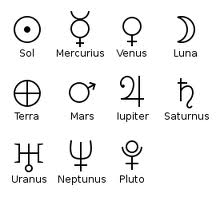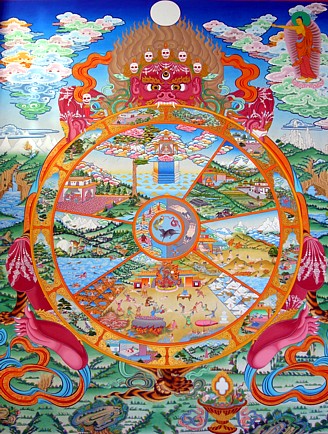 Two ivory Djed pillars found in a
Two ivory Djed pillars found in aFirst Dynasty tomb at Helwan.
(photograph taken by J.D.Degreef)
The Concept of the Djed Symbol
By Vincent Brown, 2012
One of the most enigmatic symbols of Ancient Egypt is the Tet, or Djed. Although it was widely used as a religious icon throughout much of the history and geography of Ancient Egypt, it is still not clearly understood what the Djed was originally conceived to represent. Determining its meaning from its appearance alone is not an easy task so we shall take some of the suggested definitions and analyse each individually. But first of all lets look at the key elements that make up the symbol.
Typical Distinctive Features:
- Four horizontal bars surmounting a vertical shaft
- Vertical striations between each bar
- These striations are shown in profile on the sides of the Djed creating a curved appearance
- Four bands around neck of the shaft
- Sometimes a small capital can be seen surmounting the Djed
- The Djed often stands on a rectangular base



















Recent Comments